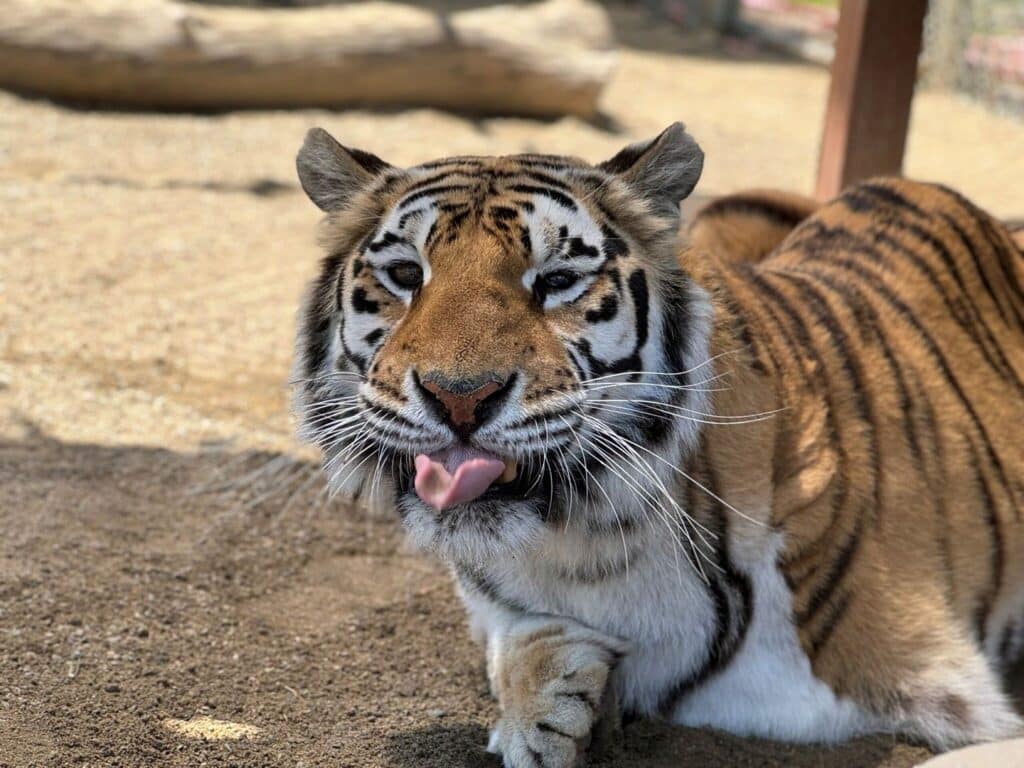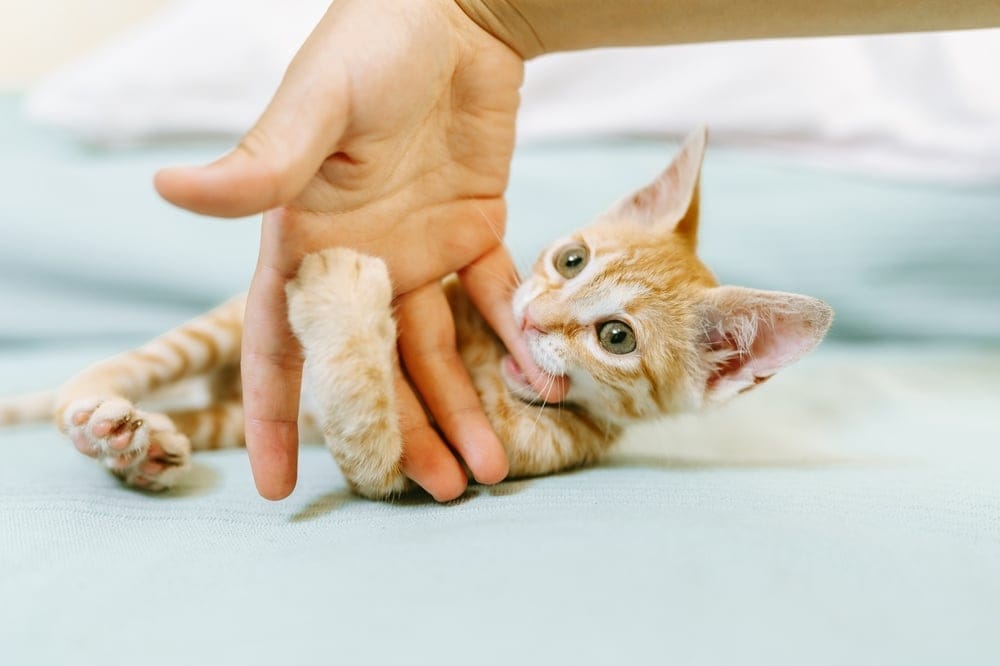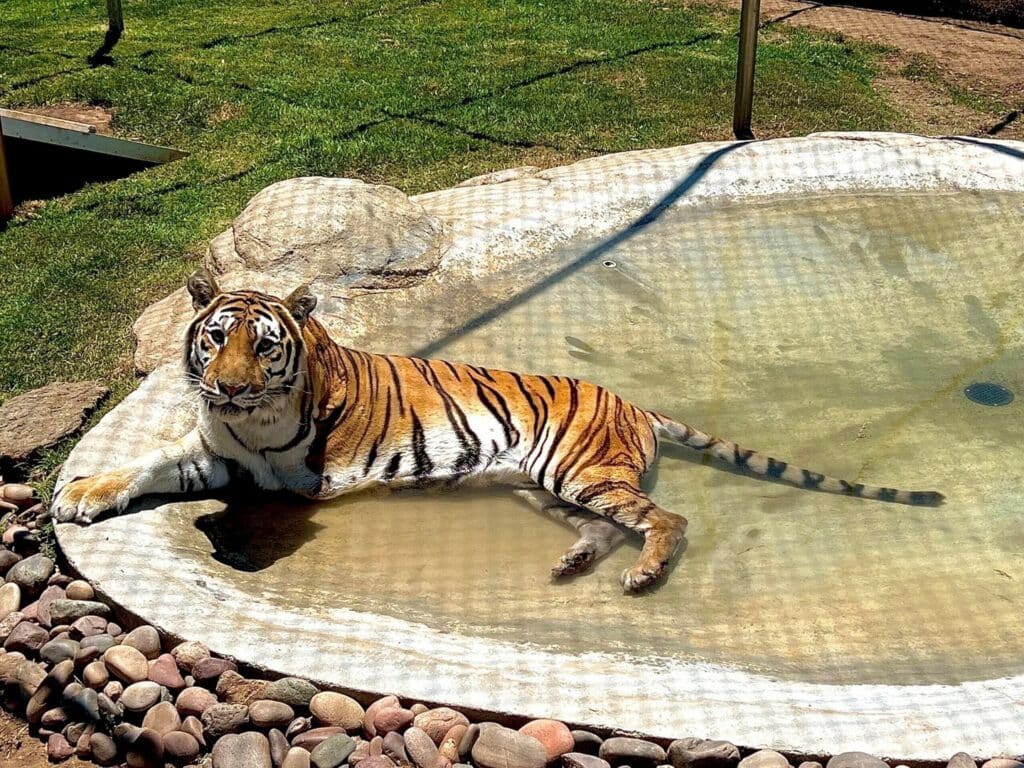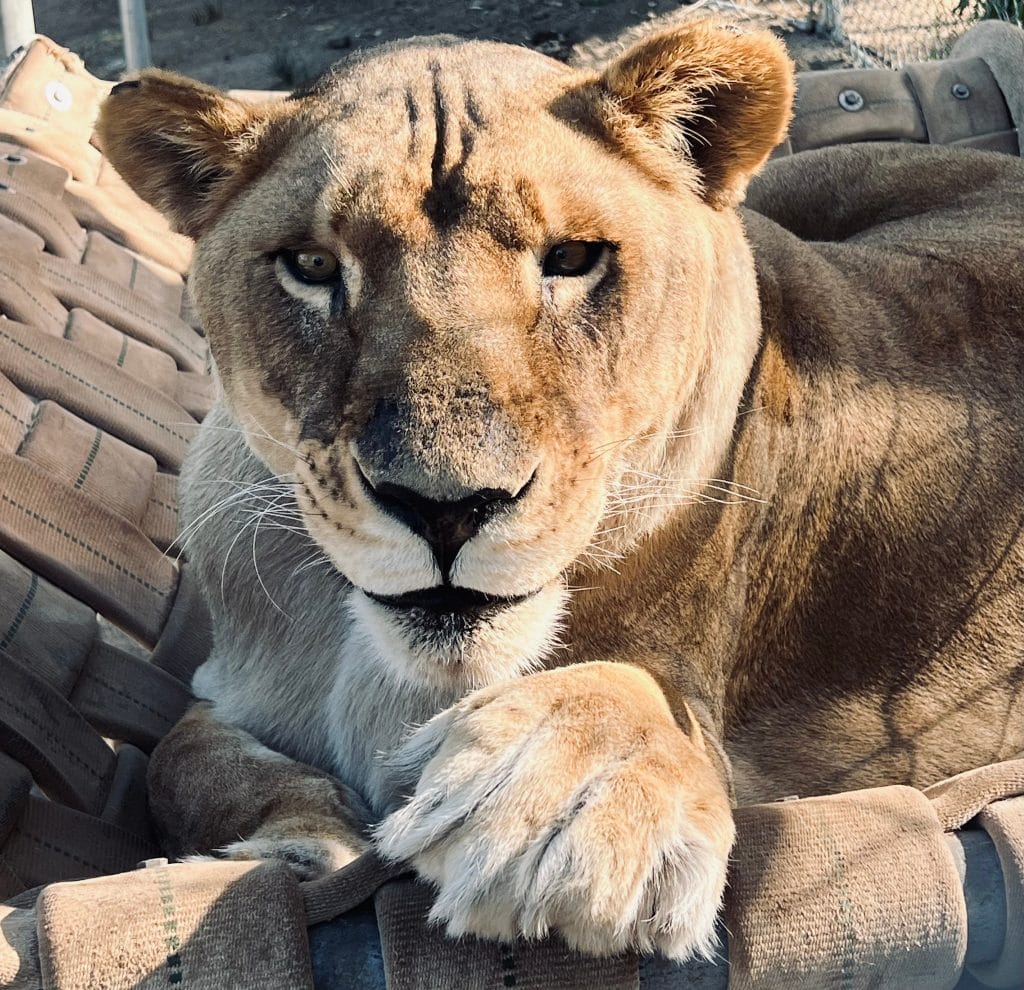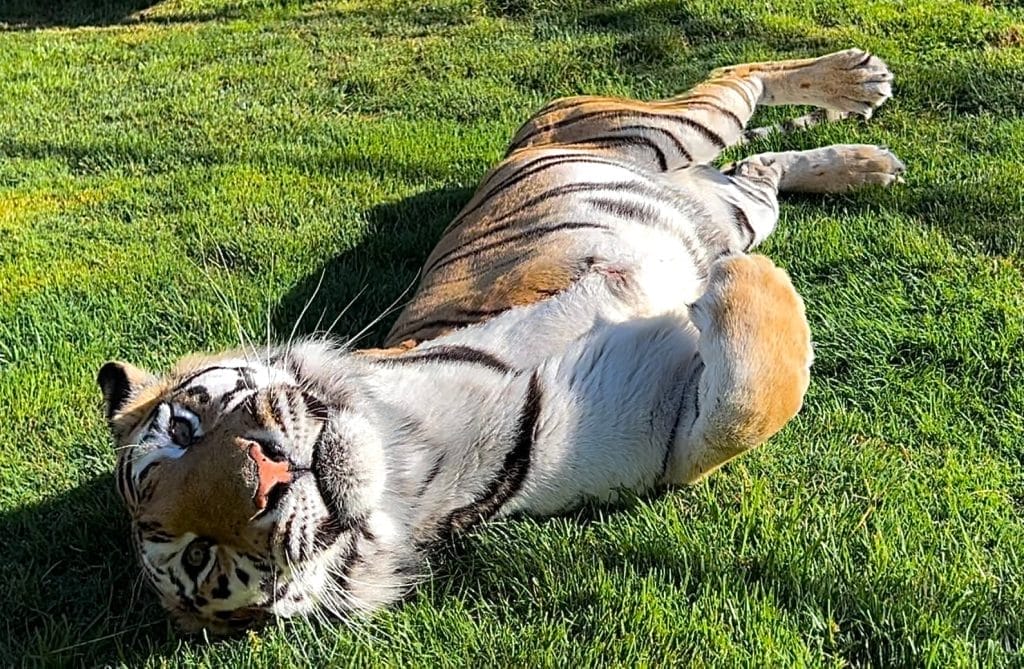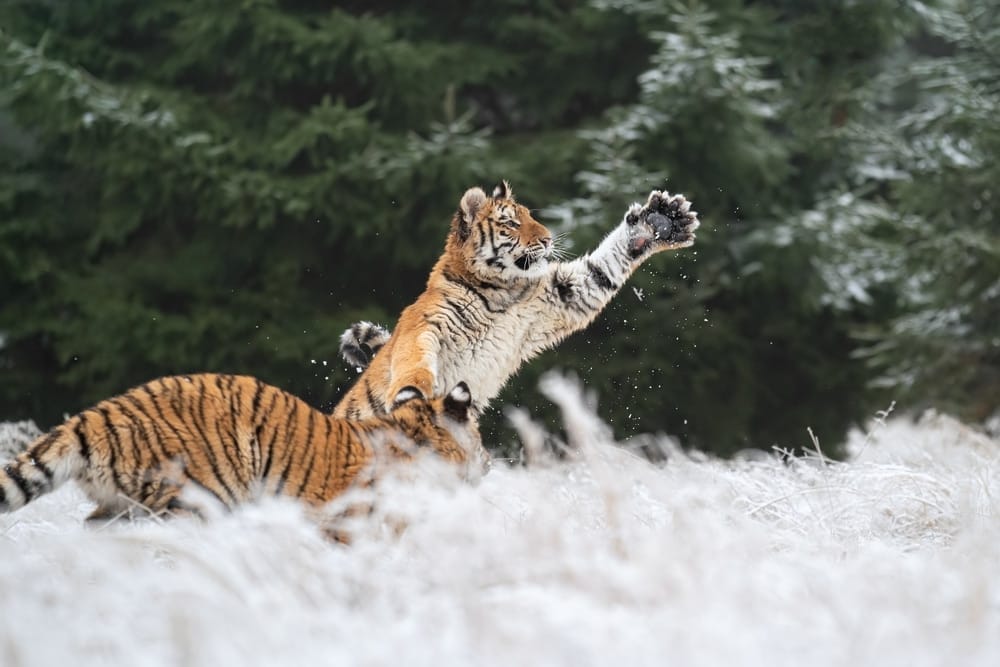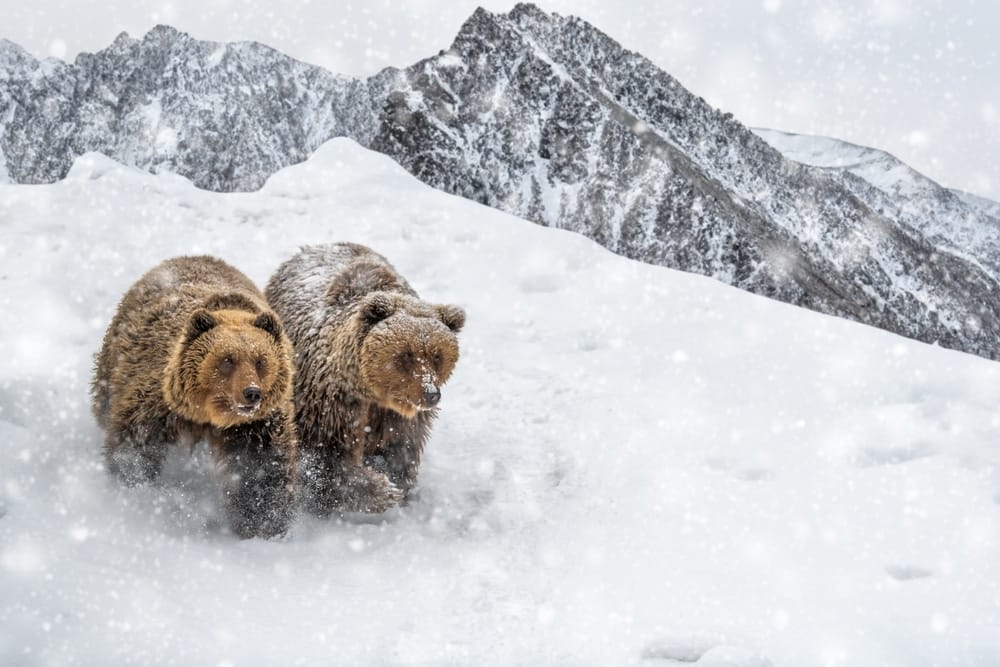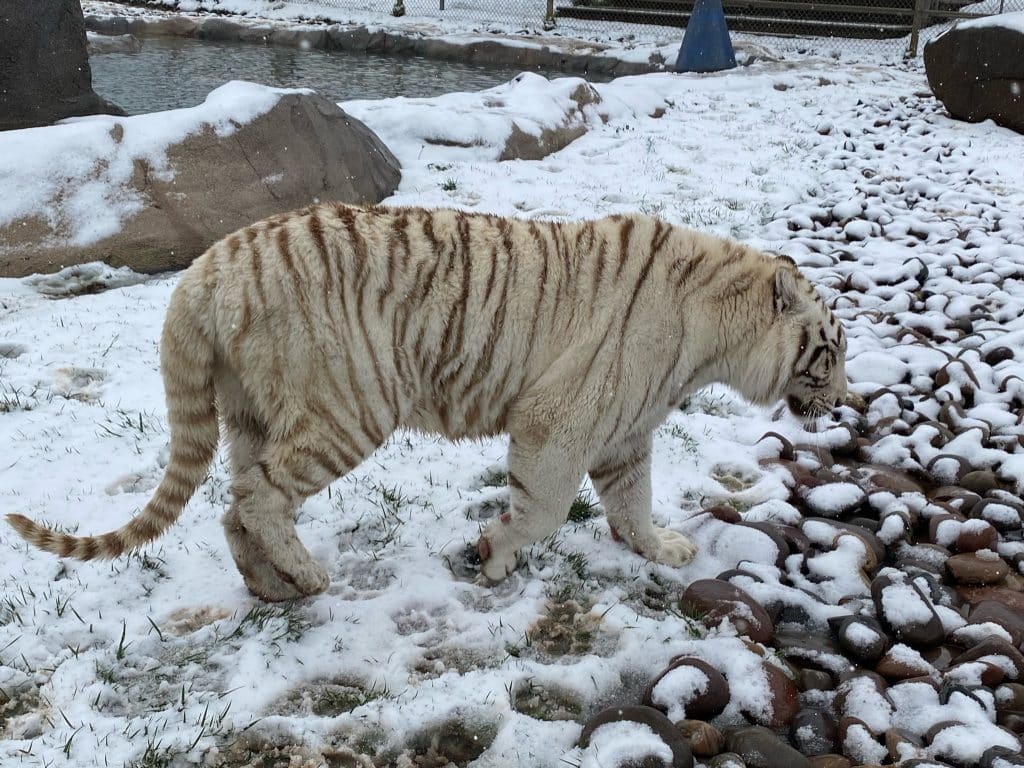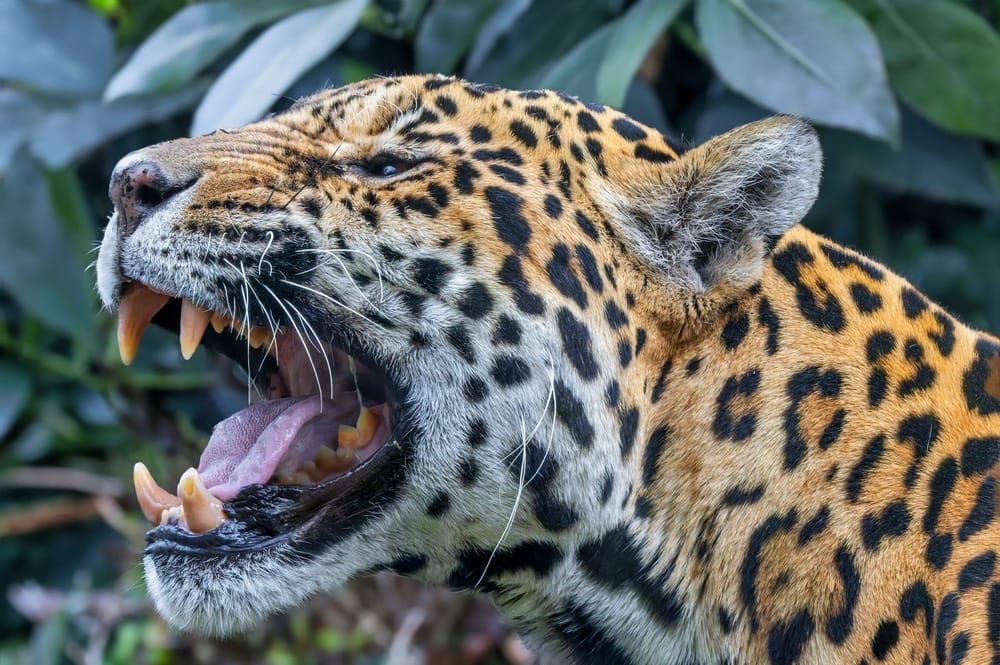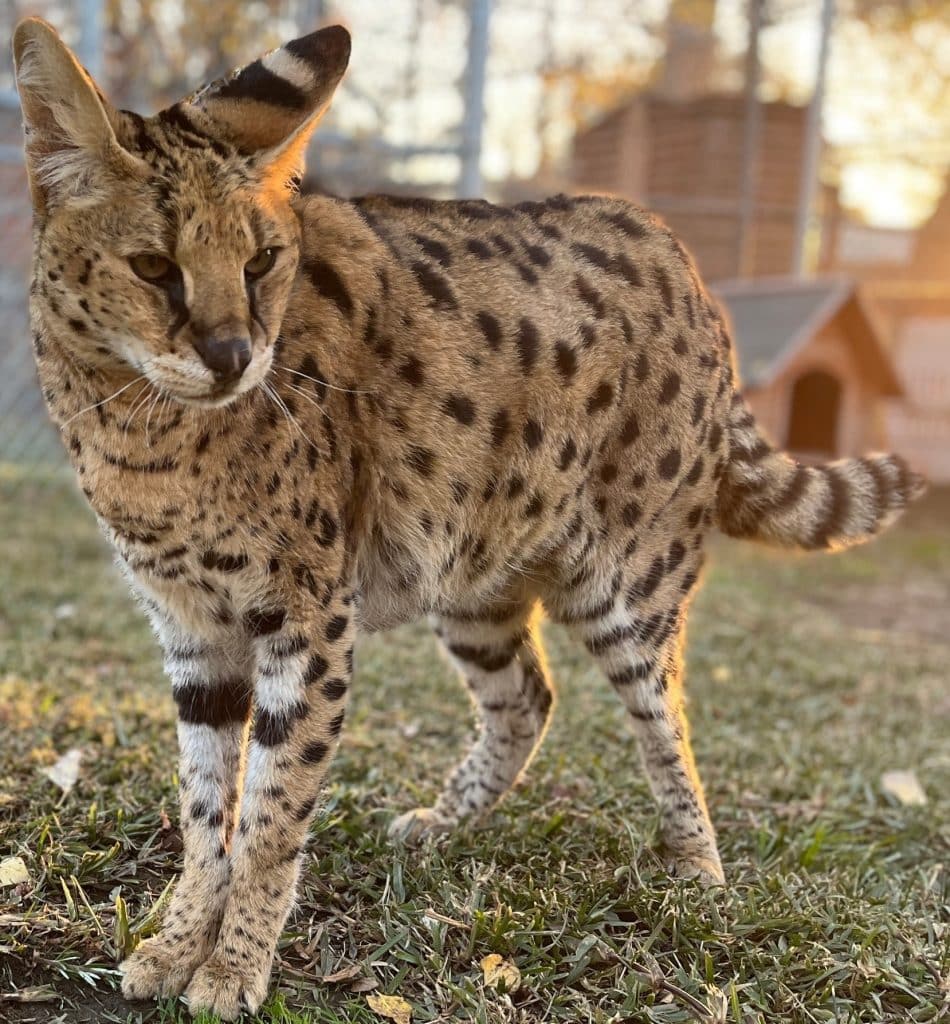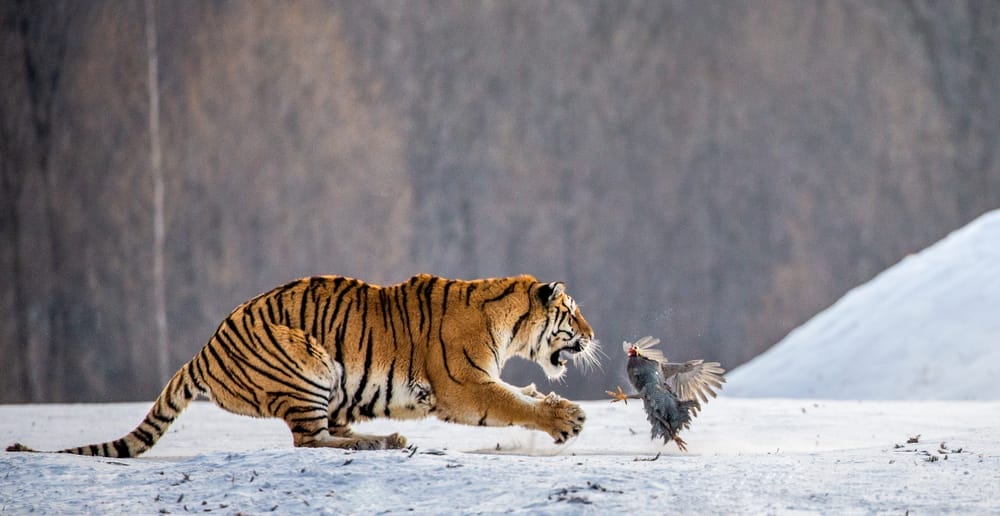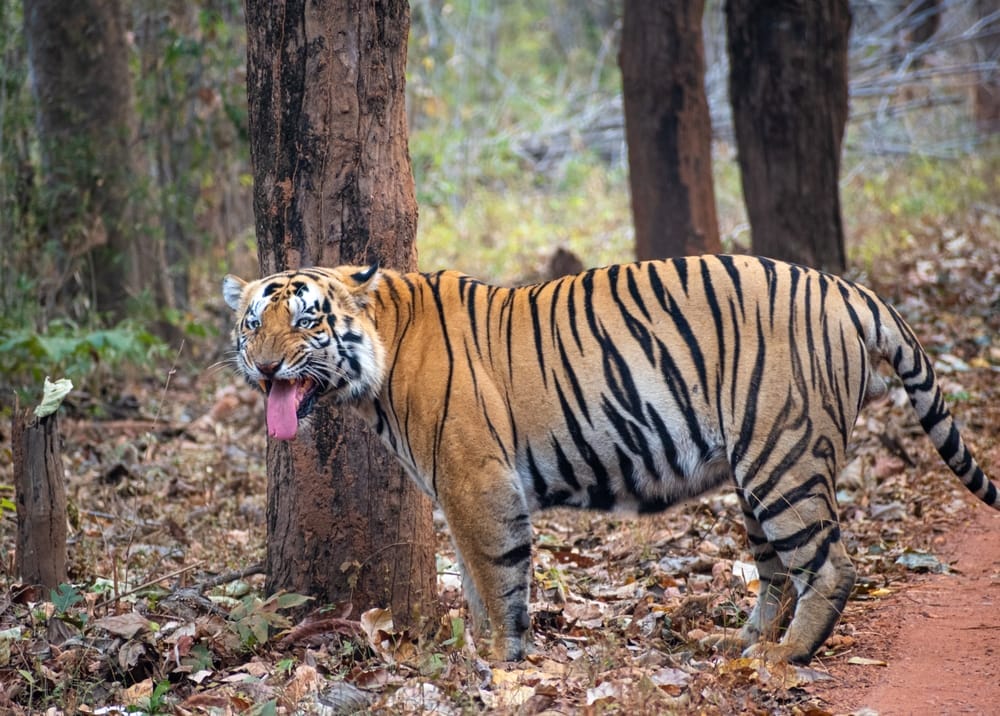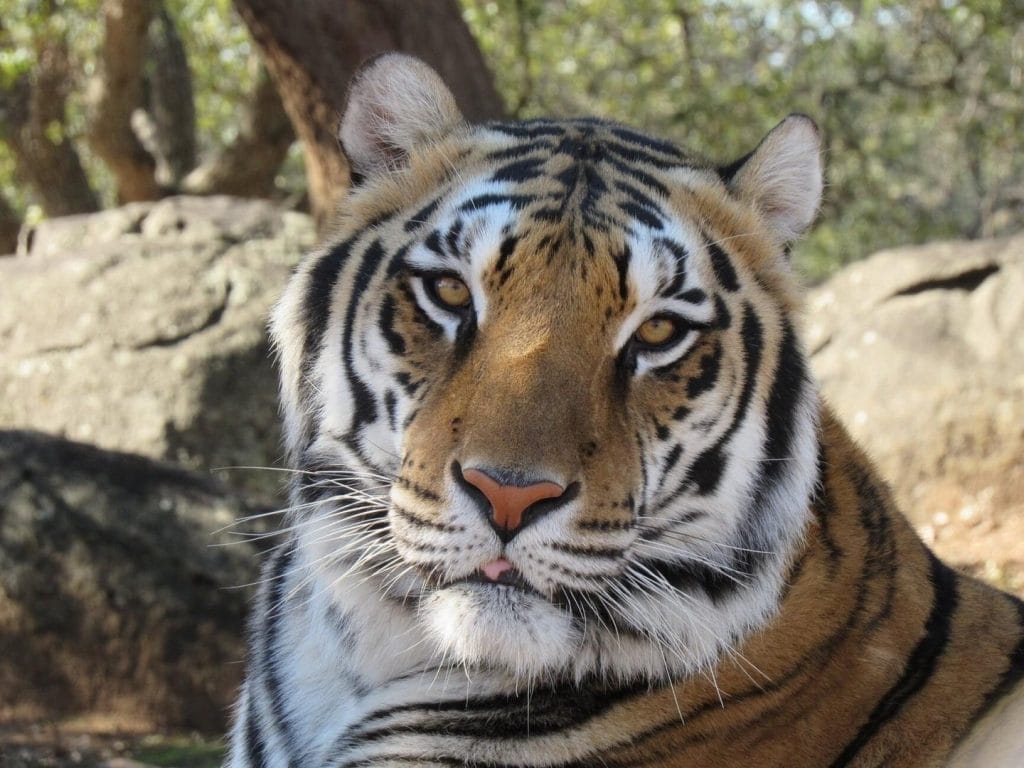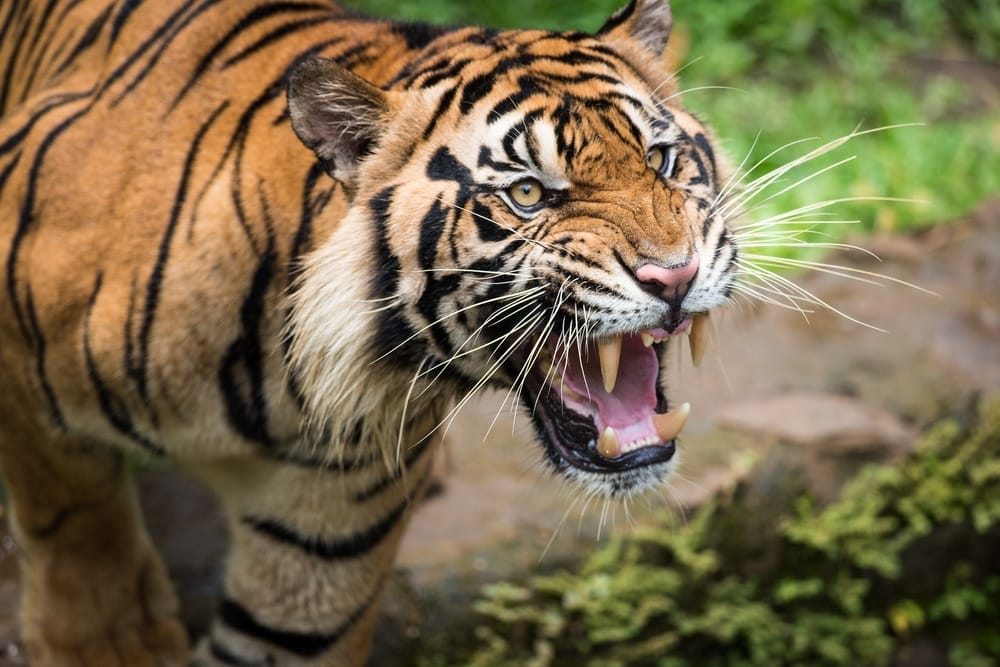Are More Tigers in Backyards than in the Wild? The Shocking Truth About Exotic Animals in the USA

Statistics show that between 5,000 and 7,000 tigers live in private hands in the United States, compared to only about 5,574 in the wild across their natural habitat. That means there are more tigers in American backyards, zoos, circuses and sanctuaries than in Asia’s forests combined.
Nowhere is this more visible than in Texas. Estimates suggest about 2,000 to 5,000 tigers may be privately owned in Texas. Shockingly, it is relatively easy to purchase tigers as pets because they cost between $900 and $2,500. That’s cheaper than many common breeds of dogs. While this may seem attainable for a lot of people, that initial price is only a tiny fraction of what it actually takes to care for a tiger over its lifetime.
Between feeding large quantities of meat, veterinary care specialized for exotic animals, constructing secure and spacious enclosures, enrichment, permits, insurance, and other regulatory or legal costs, ownership expenses can quickly mount into tens or even hundreds of thousands of dollars over the course of their lifetime. In many cases, what seems like an affordable ‘deal’ can end up being financially, ethically, and logistically overwhelming. Either way, there has been a surge in private ownership over the years, despite the enormous risks involved.
Unfortunately, tigers are only part of the picture. Across the country, thousands of lions, leopards, cougars, monkeys, and even elephants are kept as pets, bred for profit, or displayed in roadside attractions. Most of these animals live in enclosures far too small for their size and instincts. Private owners cannot meet their complex needs, leading to animal abuse and neglect or in many cases, premature death.
How Did We Get Here?
The exotic animal problem in the United States did not appear overnight. It grew out of a mix of weak laws, high demand, and the lure of profit. For decades, federal regulations were minimal, and state laws varied widely. In some places, it was easier to purchase a tiger than to adopt a dog from a shelter. However, the roots of this issue stretch far deeper than in recent decades.
Where It All Started
The human fascination with unusual animals goes back thousands of years. Ancient civilizations like Egypt were known to keep birds for food, companionship, and prestige. In China, selective breeding of ornamental fish during the Song Dynasty introduced the idea of keeping animals for display and beauty rather than just survival. By the 15th century, advancements in ocean travel made it possible to transport exotic species across continents.

The Exotic Pet Boom
By the 20th century, exotic animals were entering households on a larger scale. Tropical fish became a popular hobby in the US during the 1940s as equipment for home aquariums became widely available. This trend helped normalize the idea of keeping nontraditional species as pets.
In the 1980s and 1990s, reptiles surged in popularity, and their trade expanded rapidly in the West. Snakes, lizards, and turtles joined the growing list of creatures bought, sold, and shipped worldwide. At the same time, the legal global trade in wildlife products ballooned. By the early 1990s, it was worth around $160 billion; by 2009, that figure had more than doubled. This booming trade created the conditions for large numbers of wild animals, from parrots to big cats, to enter private hands.
Exotic Pets Today
Today, the exotic pet industry remains massive, with live animal trade driving much of it. Hundreds of big cats are sold worldwide, many ending up in private homes or small roadside collections. Modern technology has made illegal wildlife trafficking even easier. Social media platforms, for instance, are now recognized by watchdog groups as a major marketplace for the exotic animal trade.
The Dangers to the Public
Keeping exotic animals in private hands is detrimental to animal welfare and poses significant risks to people.
- Big cats are predators, not pets. Even seemingly tame tigers can attack without warning. There have been documented cases of serious injury and death from private tiger ownership.
- Reports of tiger attacks, escapes, and maulings are disturbingly common.
- “Cute” cub interactions, like petting or photo ops, are risky. When cubs grow, they become strong, unpredictable, and impossible to handle safely.
- Tigers and other exotic animals can carry diseases that spread to humans, including tuberculosis, ringworm, and parasites. These risks are especially high when animals are in close contact with families or visitors.
- In some states, owners may face fines or legal trouble if their big cats escape or attack, but enforcement is inconsistent.

Dangers to the Animals
The animals themselves often suffer the most. Life in captivity, especially under unregulated conditions, is far from life in the wild.
- Most private owners can’t provide enough space for a tiger to roam. These animals are built to cover miles in the wild. In tiny enclosures, they get stressed, bored, and frustrated.
- Many owners don’t know how to feed a big cat properly. They will often suffer from malnutrition, obesity, or disease.
- Some cubs are bred solely for profit. Once they grow too big to handle, they are abandoned, sold to other private owners, kept in cages with minimal care, or sometimes even euthanized.
- Cubs are often taken from their mothers at just a few weeks old to sell for petting or photos. This early separation causes emotional trauma and hinders the animal's normal development.
- Selective breeding, especially of white tigers, causes deformities like scoliosis, cleft palates, and clubfoot. These animals live with lifelong pain and suffering.
- Captive big cats often display abnormal behaviors, like pacing, excessive grooming, or self-harm, which are clear signs of stress and boredom.
- Declawed cats suffer chronic pain, nerve damage, behavioral problems.
Why Oversight Has Been Weak
Part of the problem lies in the patchwork of laws across the United States. Regulation of exotic animals has largely been left up to individual states, creating loopholes and inconsistencies.
- Some states, like California, ban private ownership of dangerous exotic animals.
- Others, like Texas and North Carolina, allow it with minimal restrictions.
- Enforcement of federal standards, such as those from the USDA, has historically been weak.
In December 2022, Congress passed the Big Cat Public Safety Act, a landmark law that bans private ownership of big cats and restricts public contact, such as cub petting. For advocates, it was a long-awaited victory after years of lobbying and raising awareness.
At Lions Tigers & Bears, this was especially meaningful: our founder, Bobbi Brink, had spent more than a decade pushing for this legislation, even testifying before Congress to speak out for the welfare of big cats.

The law marks an essential step toward ending the exploitation of tigers, lions, and other big cats in the United States. It’s big step toward helping restore wild tiger population. However, full implementation will take time, and many loopholes remain. Existing private owners can often keep their animals under certain conditions, and enforcement is still a challenge. Advocates stress that while the law is progress, much work remains to ensure animals are properly cared for and the public is kept safe.
The Role of Sanctuaries
No matter how the hype, exotic animals like tigers, lions, and leopards are not pets. Their needs are highly specialized, demanding expert knowledge, space, and lifelong care. Roadside zoos and private owners do not meet these standards, as animals in their hands often face neglect, exploitation, or abandonment once they become too large or difficult to control.
At this point, the animals cannot be released back into the wild, and so big cat sanctuaries like Lions Tigers & Bears (LTB) step in to help. Accredited sanctuaries are critical in rescuing these animals from terrible conditions, providing lifelong care, safe habitats, and enrichment that meets their physical and psychological needs.
Accredited sanctuaries like Lions Tigers & Bears represent the gold standard of animal care and welfare. This difference is not just in quality of care provided to the animals, for them it is the difference between a life of suffering and a life of dignity.But we cannot do it alone. We need your support! You can help by making a donation, sponsoring a big cat, volunteering your time, or spreading awareness about the plight of exotic animals. Every contribution ensures rescued tigers, lions, and leopards have a safe, permanent home where they can live the rest of their lives with dignity and care.

